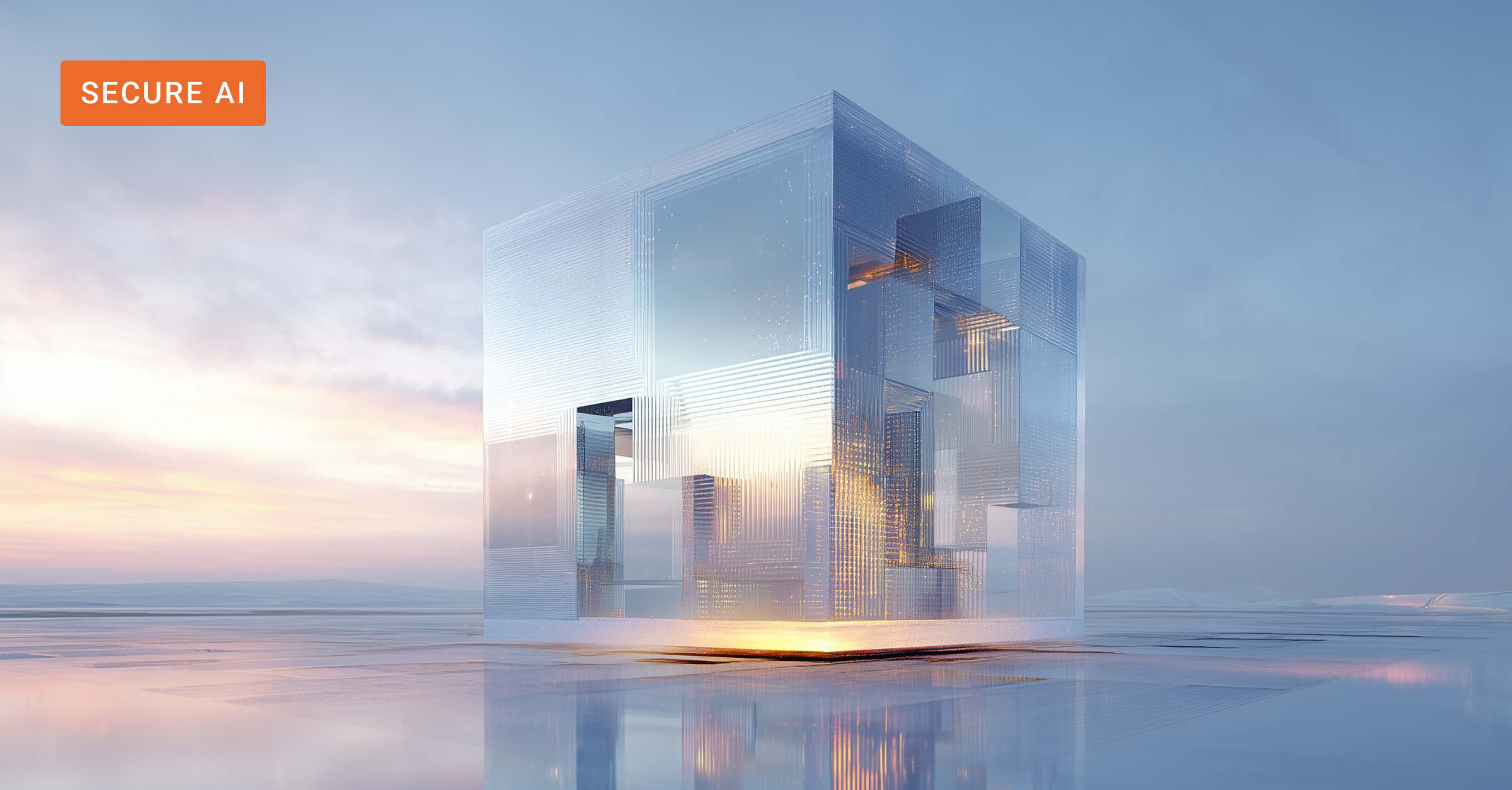Whether you’re in financial services managing your client’s investments or accelerating R&D and product development in manufacturing, critical decisions demand accurate information. AI accuracy isn't just buzzword; it's essential. So, how can you ensure the information your AI systems provide is as precise as possible? Retrieval augmented generation (RAG) has made strides in driving up AI output quality. When enhanced with knowledge graphs, the achievable accuracy is unprecedented.
But before we go any deeper into knowledge graphs, let's talk about RAG. Retrieval augmented generation enhances the capabilities of large language models (LLMs) by retrieving relevant information from a knowledge base and using this information to augment a user’s query before it gets passed on to the LLM. It’s like giving the LLM detailed notes before it answers your question so that it can generate an even more accurate and contextually appropriate response. In enterprise applications, particularly in the banking and financial services sector and in manufacturing, where specific, up-to-date information is vital, RAG has been a game changer.
The Challenge of Probabilistic Answers
But like every technology, RAG alone has its limitations. When you ask an LLM a question, especially one that relies on specific data points, you expect a precise answer. For example, in financial services, if you ask for the expense ratios of specific ESG funds, you expect the RAG platform to provide exact figures. In manufacturing, you might need the precise specifications of a particular component.
In a standard RAG setup, that doesn’t always work. Say you request the system to provide the constituents of a particular fund. You’d expect it to return all of them. In reality, the output will depend on which text chunk it pulls from the available data – depending on what that specific paragraph of text is about – and which constituents of the fund it includes. While you need a deterministic answer to support a business decision, the answer that standard RAG is inherently probabilistic: it might contain all the constituents of the fund – or only some of them.
Enter Knowledge Graphs: The Deterministic Layer
This is where knowledge graphs come to the rescue. Knowledge graphs are structured representations of knowledge, where individual entities (like ESG funds, financial values, manufacturing components) are connected by relationships. Basically, they link every piece of information to others, generating a detailed map of your data. By providing the RAG platform an additional layer of contextual information, this paves the way for deterministic information retrieval, meaning you get the exact data you're looking for, every time.
Say you’re in financial services and need to ensure compliance with specific regulations. In this case, a knowledge graph can explicitly link those regulations to the relevant funds, transactions, and customer data. This makes it much easier to audit and demonstrate compliance, significantly reducing risk. Similarly, in manufacturing, a knowledge graph can connect product designs to materials, suppliers, and testing data, reducing data retrieval errors and, thereby, speeding up R&D cycles.
Combining the probabilistic power of RAG with the deterministic precision of knowledge graphs creates a robust system that understands the nuances of your queries and delivers the right information, every time.
Tying Back to Enterprise Taxonomies
Knowledge Graphs are built upon carefully curated enterprise taxonomies. These taxonomies define the structure and relationships within your data, ensuring that everyone in your organization uses the same language and understands the data in the same way. In large organizations, where miscommunication can lead to costly mistakes, this can be especially critical.
But that is just the beginning. LLMs can also be used to enhance the quality of knowledge graphs and simplify their generation. We can leverage the probabilistic nature of LLMs to classify data, create new connections between entities, and even generate new nodes in the graph. This allows us to leverage the LLM’s training to do things that regular machine-learning models cannot, further enriching our knowledge representation.
Increased Profitability Through Improved Accuracy
Ultimately, higher accuracy in information retrieval translates to increased profitability. In financial services, reducing regulatory risks through precise data access can save millions in potential fines and legal fees. In manufacturing, accelerating R&D by providing engineers with the exact information they need can bring products to market faster, gaining a competitive edge.
By integrating knowledge graphs with RAG, you can build an enterprise AI system that delivers accurate, reliable, and actionable insights. This is not just about getting the right answers; it’s about making better decisions, reducing risks, and driving profitability. As you consider your AI strategy, think about the power of this hybrid approach and how it can transform your organization.
Ready to unlock the full potential of LLMs for your enterprise? Download our white paper on advancing GenAI beyond RAG to learn more about how Squirro can future-proof your AI strategy. And to experience the capabilities of the Squirro Enterprise GenAI Platform firsthand, contact us today or schedule a demo.







